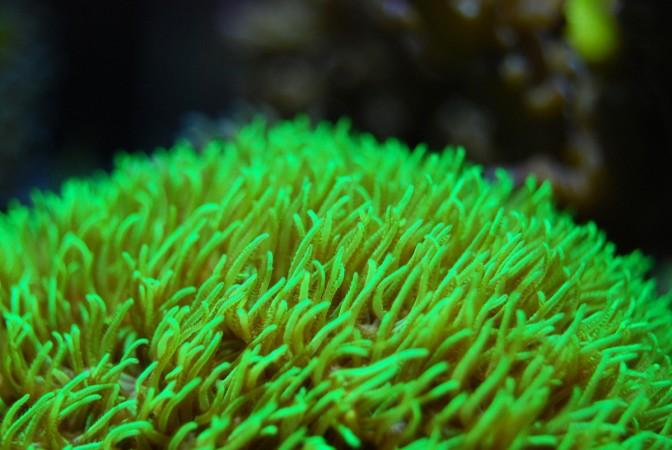![Corals can cause palytoxin poisoning. [Representational image] corals](https://data1.ibtimes.co.in/en/full/685102/corals.jpg?h=450&l=50&t=40)
Corals can be pretty little things to look at, but many don't know that some of them carry toxins. Chris Matthews, the Stevenson, England resident didn't know this either, and that resulted in him and his entire family – even his dogs – getting poisoned by palytoxin.
Chris had indulged in a rigorous power cleaning spree of his fish tank, where he had picked out the contents one by one, to scrub them clean. He did the same with the corals and unknowingly leaked the toxin into the air, reported SWNS news.
Palytoxin is "a potentially life-threatening toxin that can act via dermal, inhalation, and oral routes of exposure," according to the CDC.
What followed was the entire family feeling nauseous and experiencing eye problems at the same time – something that Chris assumed was a bout of flu. But once their dogs underwent the same symptoms, he knew that there was something else that was causing the problems.
"We couldn't regulate our temperature, we were struggling to breathe and coughing," he told SWNS on Thursday. "We woke up the next morning feeling groggy but initially put it down to flu."
But eventually Chris realized the coral might have been the culprit and when he called the local police, and the emergency response they received was more massive than Chris expected it to be.

As the BBC reported, dozens of emergency officers, a hazardous area response team and several ambulances surrounded the house, including the Oxfordshire Fire and Rescue team that acted upon instructions from the Public Health England to safely remove the coral from the house.
"If we had spent another night in that bedroom our lives would have been in danger," Chris said. Luckily for him, emergency services were quick to respond and took the entire family to hospital in time.
But for the ones who are still unaware of the absolutely harmless looking sea creature's toxic abilities, Chris is now raising awareness about the second deadliest naturally occurring toxin in the world. Palytoxin kills only when ingested, but inhaling its fumes can cause disruption of "normal corneal function" and "irreversible blindness," the CDC says.
"I knew about palytoxin, which can kill you if ingested, and that coral can cause things like rashes if you don't handle it carefully but I had no idea taking the pulsing xenia (coral) out of the water could make the toxin airborne," said Chris.
"I want to use this experience to educate people about the risks and the measures people need to take," he added. "I've seen the coral described as 'exotic' but it is actually one of the most common around. It's a pest coral called pulsing xenia that you grow in areas where you can't get anything else to thrive."
As measures to rid the residence of the poison, it was tented all over and the family was eventually able to return.
In cases of severe palytoxin poisoning
The Tropical Fish and Hobbyist Magazine says: "While it has been suggested that a vasodilator may be an effective treatment if immediately injected into the ventricle of the heart, the reliability of this treatment is not good, especially as poisoning with this toxin may not be known until post-mortem analysis."
The most effective treatment, as per the magazine, is prevention. "Reefkeepers handling any marine invertebrates should use great caution, and gloves are highly recommended for zoanthids and corals, whether the specimen is known to be dangerous or not," it says. "Tools, like a pair of tongs, are even better for moving and handling specimens."










